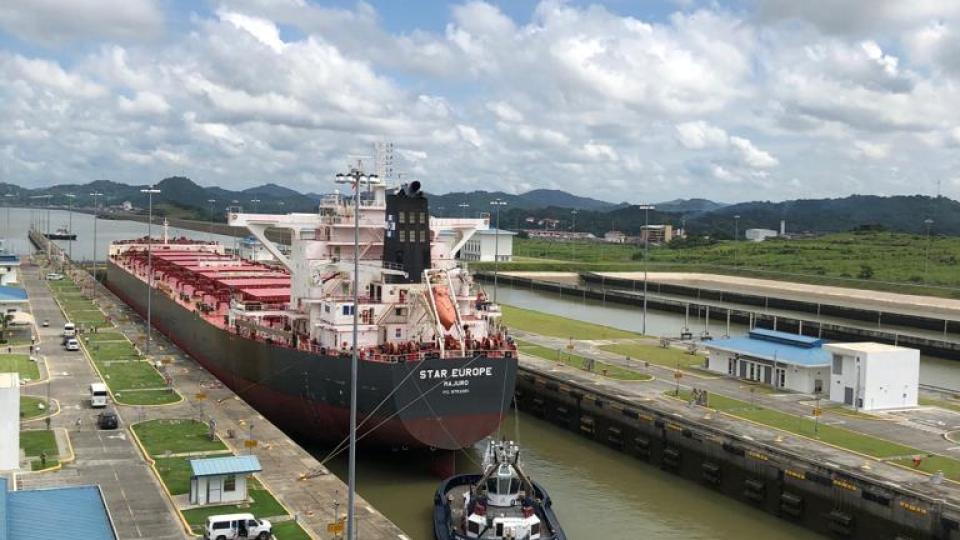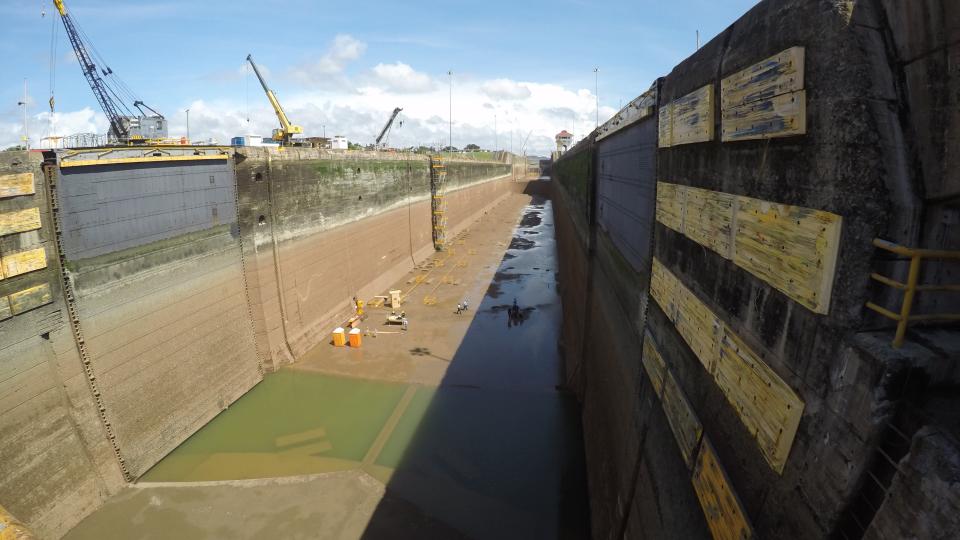The effect of the Panama Canal expansion on Fish Invasions at the Isthmus of Panama
Short profile
Duration

© Gustavo Castellanos-Galindo/IGB
Shipping canals are crucial in shortening modern-world transportation routes but are also major passageways for non-native species. Non-native species have the potential to cause deleterious ecological and economic impacts on the areas where they are introduced. The Panama Canal is the most important maritime gateway of the Western Hemisphere connecting the Atlantic and Pacific Oceans. The widening of this canal in 2016 can increase the translocation of aquatic non-native species between these two oceans with unknown ecological and socio-economic consequences. This project intends to understand the mechanisms involved in fish invasions at the expanded Panama Canal. To achieve this, the project will: (1) determine the spatial and temporal changes in the composition of non-native fish species from either Pacific or Atlantic oceans currently found along the Panama Canal; (2) assess whether environmental conditions (e.g. salinity) along the canal are presently more favourable for the colonization of non-native fish species in response to the expansion of the waterway; (3) test whether the evolutionary imbalance hypothesis explains the observed patterns of fish invasion; and (4) produce an overview of patterns and mechanisms of fish invasion in major shipping canals of the world integrating the main findings of the present project for the Panama Canal and information available for other two major shipping canals of the world (i.e. the Suez Canal and the Kiel Canal). Combining the insights from the empirical work performed at the Panama Canal with the available understanding of invasions in other canals will shed light on the mechanisms that determine success of non-native aquatic species in new environments. This knowledge can prove valuable for management of non-native aquatic species in an increasingly interconnected world.

© Gustavo Castellanos-Galindo

© Gustavo Castellanos-Galindo

© Gustavo Castellanos-Galindo

© Gustavo Castellanos-Galindo
DFG - Deutsche Forschungsgemeinschaft


